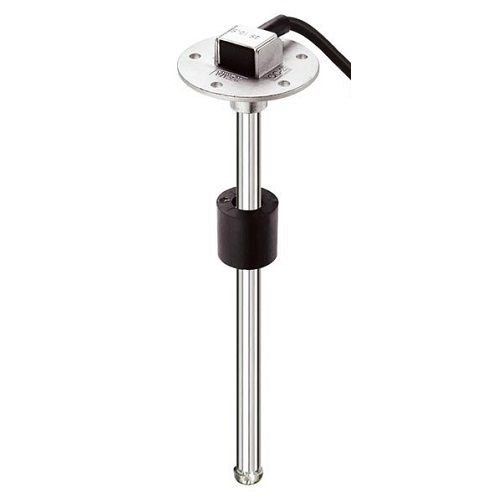Introduction
Level sensors and switches are critical components in automation systems, providing real-time data on the level of liquids and other substances in tanks and other containers. In this article, we will explore the different types of level sensors and switches available, their applications in the automation market, and the benefits they offer.
Types of Level Sensors and Switches There are several types of level sensors and switches used in the automation market:
- Capacitive Level Sensors: Capacitive level sensors detect changes in capacitance because of the presence of liquids or other substances. They are highly accurate and can be used with both conductive and non-conductive liquids.
- Ultrasonic Level Sensors: Ultrasonic level sensors use sound waves to detect the level of liquids or other substances in a container. They are highly accurate and can be used with a wide range of liquids.
- Magnetic Level Sensors: Magnetic level sensors detect changes in magnetic fields caused by the presence of liquids or other substances. They are highly accurate and can be used with a wide range of liquids, including those that are corrosive or under high pressure.
- Float Level Switches: Float level switches use a float to detect the level of liquids in a container. When the float reaches a certain level, it triggers a switch that can be used to control pumps or other equipment.
Applications of Level Sensors and Switches in the Automation Market Level sensors and switches have numerous applications in the automation market. Some of the most common applications of level sensors and switches in the automation market include:
- Chemical Processing: Level sensors and switches are used in chemical processing facilities to monitor the level of liquids in tanks and other containers. This helps to ensure that the correct amount of chemicals are added to a process, improving accuracy and efficiency.
- Water Treatment: Level sensors and switches are used in water treatment facilities to monitor the level of water in tanks and other containers. This helps to ensure that the correct amount of water is being treated and that the process is operating efficiently.
- Oil and Gas: Level sensors and switches are used in the oil and gas industry to monitor the level of fluids in tanks and other containers. This helps to ensure that the correct volume of fluids are being extracted or processed, improving safety and efficiency.
Benefits of Level Sensors and Switches in the Automation Market Level sensors and switches offer several benefits in the automation market, including:
- Accurate and Precise Measurements: Level sensors and switches provide accurate and precise measurements of the level of liquids or other substances in a container, allowing for precise control of processes and equipment.
- Improved Efficiency: Level sensors and switches can help to improve efficiency by ensuring that processes are operating at optimal levels. For example, water treatment plants can be controlled more efficiently to reduce water waste.
- Reduced Downtime: Level sensors and switches can be used to detect potential issues before they become major problems. For example, a low-level alarm on a tank could indicate a potential equipment failure, allowing for preventative maintenance before a breakdown occurs.
Conclusion
Level sensors and switches are essential components in the automation market, providing real-time data on the level of liquids and other substances in tanks and other containers. There are several types of level sensors and switches available, each with its own set of advantages and disadvantages. Level sensors and switches have numerous applications in the automation market, including chemical processing, water treatment, and oil and gas. They offer several benefits, including accurate and precise measurements, improved efficiency, and reduced downtime. With their widespread use and versatility, level sensors and switches are likely to remain an integral part of the automation market for many years to come.
